How clean is your jewellery? - Tests reveal rings, watches and earrings carry 400x more germs than a toilet seat
EEEEW!
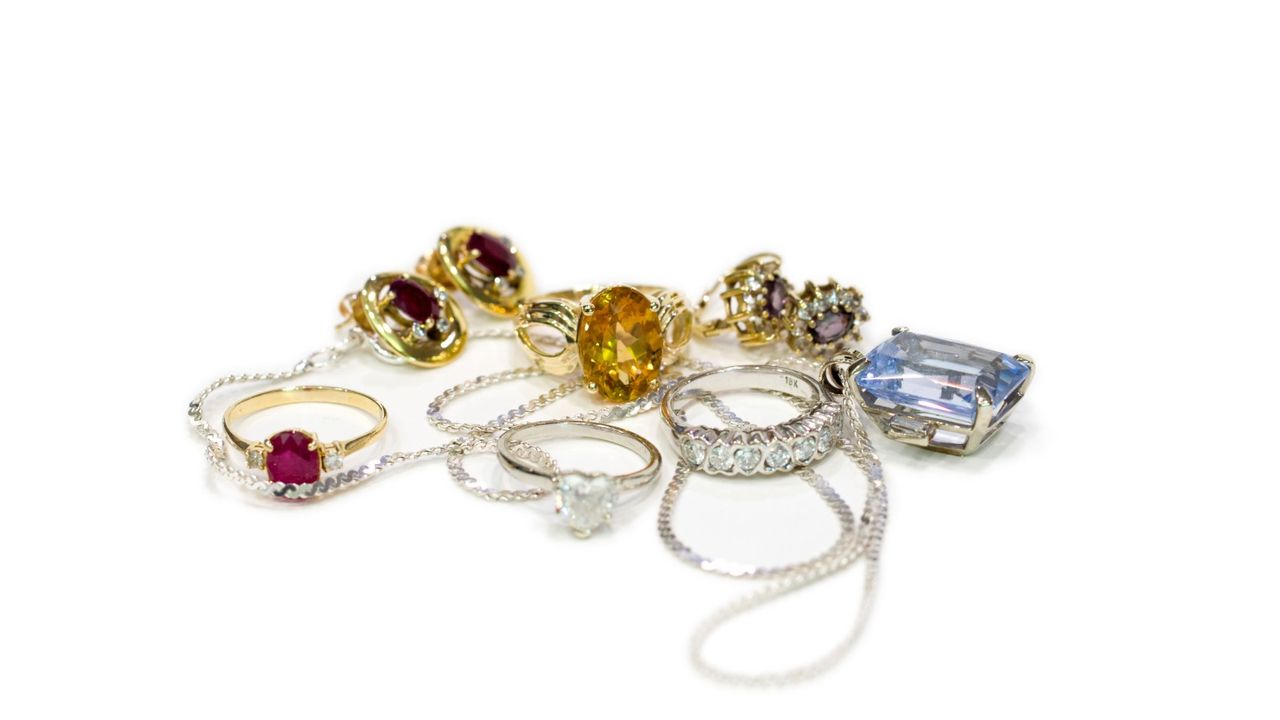
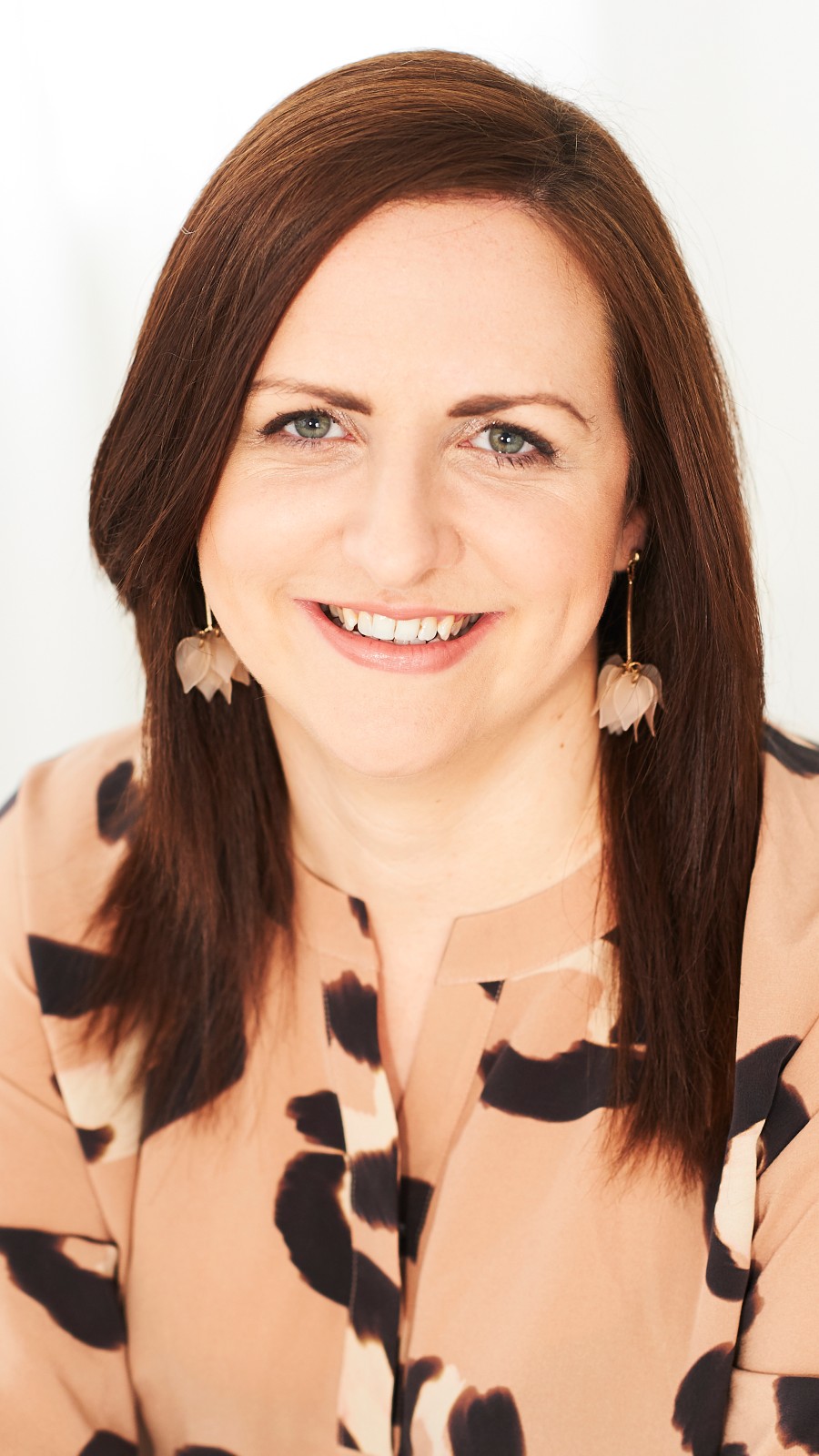
When was the last time you properly cleaned your bling?
We've all learned to wash out hands properly since the Coronavirus pandemic, which has led to the rule of six among other restrictions, but how many of you can remember the last time you cleaned your jewellery?
And we're not just talking about getting out the silver polishing cloth and giving them a quick buff up - but a proper scrub with soap and water to rid them of every day germs.
Well, after reading this, aside from carrying our your daily cleaning hacks, you might want to reach for some soap and water!
Research by pre-owned jewellery and watch specialists Est1897 found that collectively, the ring, watch and earrings had gathered 428 times more germs than a toilet seat in seven days.
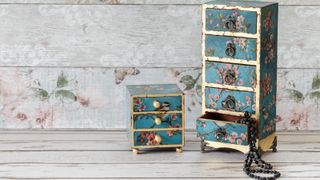
READ MORE:The shocking reason one in 10 people take their own sheets to hotel rooms
Ben Jarrett from Est1897 commented, "This study has brought some interesting things to light and the results are astounding.
Sign up for the woman&home newsletter
Sign up to our free daily email for the latest royal and entertainment news, interesting opinion, expert advice on styling and beauty trends, and no-nonsense guides to the health and wellness questions you want answered.
"Although it's important to keep your jewellery pristine to savour its value, it's also duly important to regularly scrub and soak your pieces to keep them safe and clean."
Est1897 - preowned jeweller and watch specialist - carried out an experiment and found that more than 21,000 growths of bacteria had manifested on the jewellery in just over a week.
More alarmingly, it found the pieces contained everything from the extremely dangerous Meticillin-Resistant Staphylococcus Aureus (MRSA) to Diptheria, food poisoning and bacterial colonies that can cause thrush.
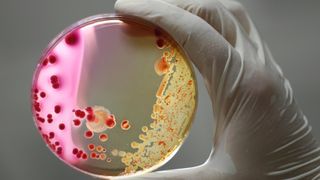
READ MORE:How to make sure your bag is not spreading Covid-19 and the best bags to reduce hand contamination
When we come into contact with food, or go to the toilet, our treasured jewellery comes with us too. But while many of us remove rings and watches to shower or have a bath, not many of us clean them before popping them back on.
And with the average person touching their face up to 16 times a day - rings and earrings are key places that bacteria can grow and we are passing it straight onto our skin.
With conditions such as dry scaly skin and skin rashes, amongst other issues, can be caused by exposure to black mould and it all starts from a dirty piece of jewellery.
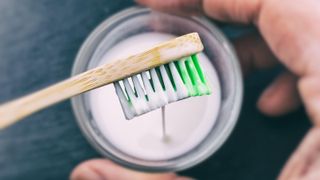
How to clean your jewellery:
- Mix your cleaning solution - Add a few drops of Fairy washing up liquid with warm water to a dish and then soak the jewellery items in the solution for 30 minutes.
- Deep clean with a toothbrush - Using a spare toothbrush, swill it around in the solution. Gently scrub the jewellery ensuring to take care to get into all the corners. Then rinse with clean, cool water to make sure all the soap suds have gone.
- Polish/ buff up - Using a soft dry cloth, lint-free, polish your pieces. Those items that are dirtier, use fresh cleaning solution for each.
- Steam to finish - Boil the kettle and use a pair of long-stemmed tweezers to hold the jewellery at a safe distance over the spout to give a steam finish.
Selina is a Senior Entertainment Writer with more than 16 years of experience in newspapers and magazines. She has covered all things Entertainment for GoodtoKnow, Woman&Home and My Imperfect Life. She has also worked as Senior Family Writer for GoodtoKnow. Before joining Future Publishing, Selina graduated from the University of Sheffield in 2006 with a degree in Journalism. She is fully NCTJ and NCE qualified and has 100wpm shorthand.
-
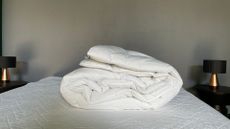 The White Company's Hypoallergenic Mattress Topper is surprisingly affordable and a dream to sleep on
The White Company's Hypoallergenic Mattress Topper is surprisingly affordable and a dream to sleep onThe The White Company Hypoallergenic Comfort Topper offers a gentle, supportive layer to your sleep set-up for a surprisingly affordable price.
By Laura Honey Published
-
 Gwyneth Paltrow’s classic pinstripe pyjamas will keep you cool and comfortable on warm nights
Gwyneth Paltrow’s classic pinstripe pyjamas will keep you cool and comfortable on warm nightsChic and comfortable? Her stylish pyjama set is our new go-to
By Charlie Elizabeth Culverhouse Published
